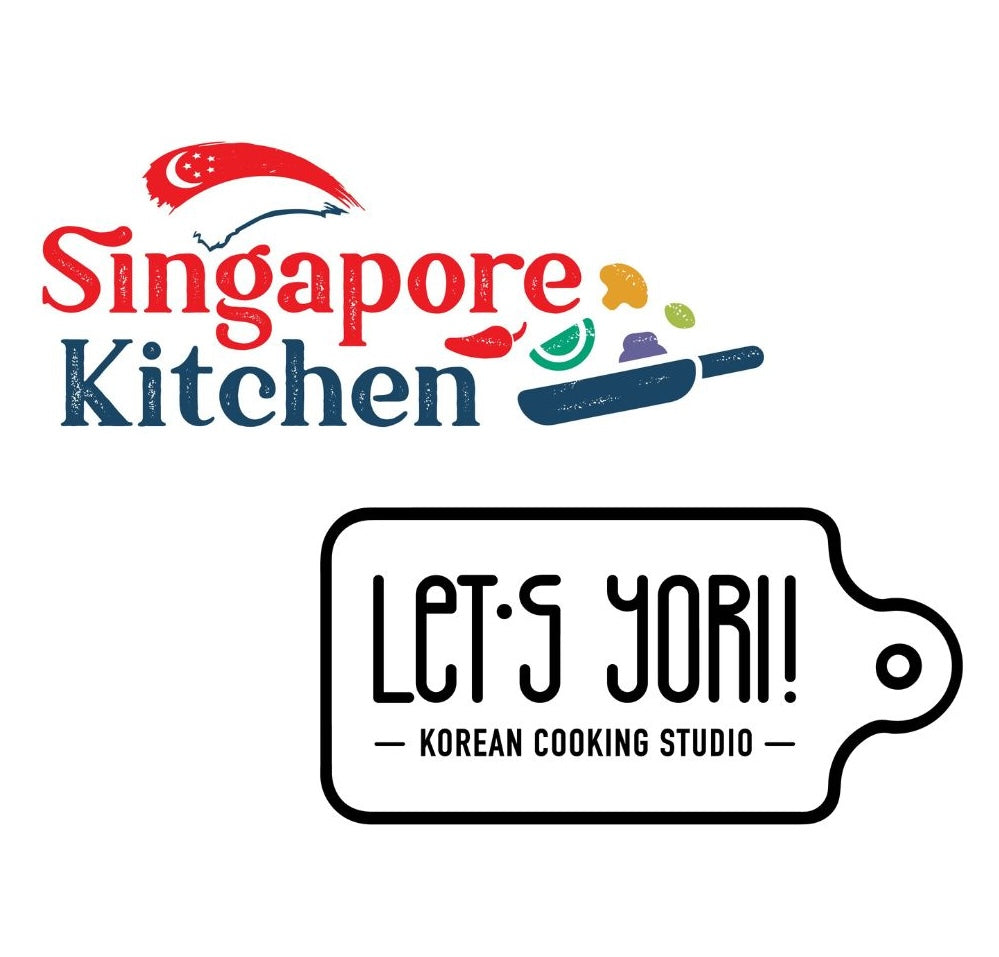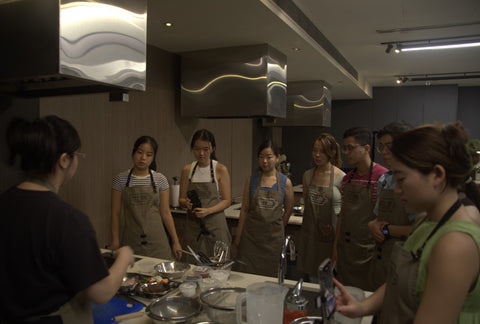Embark on a delicious journey through the vibrant and rich flavors of Korean cuisine in our cooking classes! Join us as we explore the art of creating mouthwatering dishes that showcase the unique and diverse taste profile of Korean cooking.
The essence of Korean cuisine is characterized by a harmonious blend of flavors, vibrant colors, and a strong emphasis on fresh and seasonal ingredients. Several key elements define the uniqueness of Korean culinary traditions:
Fermented Foods:
Fermentation plays a crucial role in Korean cuisine. Kimchi, a spicy and fermented vegetable dish, is a staple in Korean meals. It is often made with Napa cabbage and Korean radishes, seasoned with chili pepper, garlic, ginger, and other ingredients.

Balance of Flavors:
Korean cuisine is known for achieving a balance of flavors, combining sweet, salty, sour, bitter, and umami tastes. This balance is achieved through the use of various seasonings, including soy sauce, sesame oil, garlic, and ginger.

Banchan (Side Dishes):
Korean meals typically include a variety of banchan, which are small side dishes served family-style. These can range from pickled vegetables and marinated tofu to seasoned seaweed and pancakes. Banchan adds diversity to the meal and allows diners to experience a wide array of flavor.

Rice:
Rice is a staple in Korean cuisine and is often served with every meal. It can be steamed, stir-fried, or used to make rice cakes and porridge. The importance of rice in Korean culture is reflected in the phrase "bap (rice) is life."

Barbecue (Gogigui):
Korean barbecue is a popular and distinctive dining experience. Thinly sliced meats, often marinated in flavorful sauces, are grilled at the table. The grilled meat is typically accompanied by a variety of side dishes, lettuce leaves, and condiments for wrapping.

Use of Korean Chili Paste (Gochujang) and Soybean Paste (Doenjang):
Gochujang, a fermented red chili paste, and doenjang, a fermented soybean paste, are essential condiments in Korean cuisine. They add depth of flavor and are used in a variety of dishes, including stews, marinades, and sauces.
Korean dishes often feature a contrast of textures, combining crisp and crunchy elements with softer and chewy components. This interplay of textures enhances the overall dining experience. It places a strong emphasis on using fresh, seasonal ingredients. This not only ensures optimal flavors but also reflects the cultural connection to nature and the changing seasons.
Hot Pot and Stews (Jeongol and Jjigae):
Korean cuisine includes a variety of hot pots and stews that are hearty and comforting. These dishes often feature a mix of meats, vegetables, and tofu cooked in a flavorful broth.Deeply rooted in tradition, and many recipes have been passed down through generations. There is a sense of pride and respect for culinary heritage, which is reflected in the preparation and presentation of dishes.
In summary, the essence of Korean cuisine lies in the harmonious balance of flavors, the use of fermentation, the importance of rice, the variety of banchan, and a deep connection to seasonality and tradition. The diverse and flavorful nature of Korean dishes has contributed to the global popularity of Korean cuisine.
Elevate your culinary skills with our cooking classes! From kitchen novices to aspiring chefs, everyone is welcome. Let's turn ingredients into magic! Join our Korean Cooking Classes!




